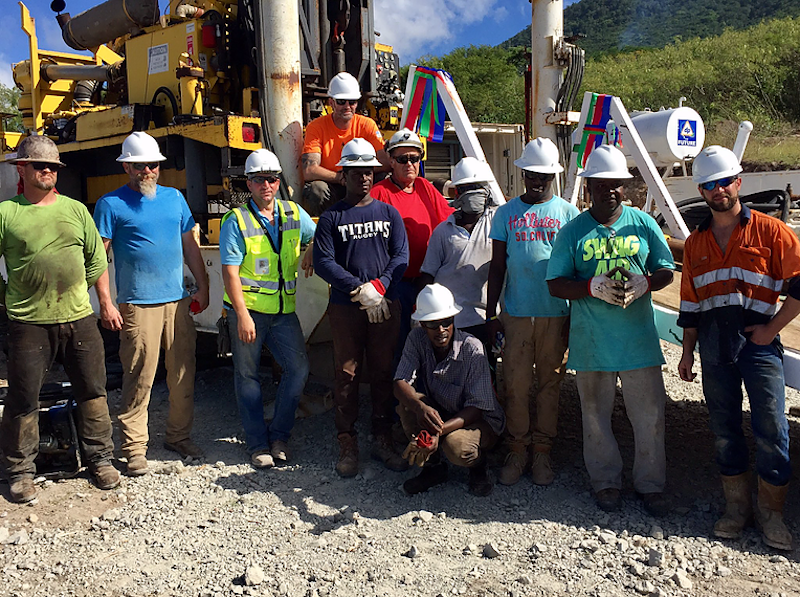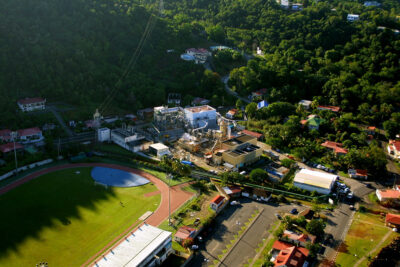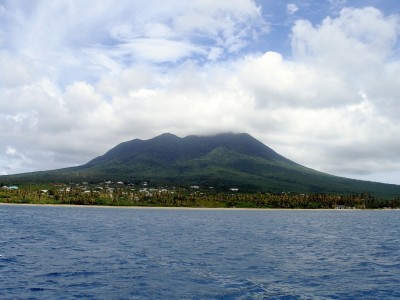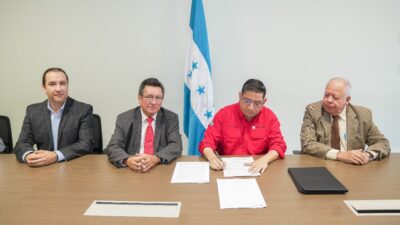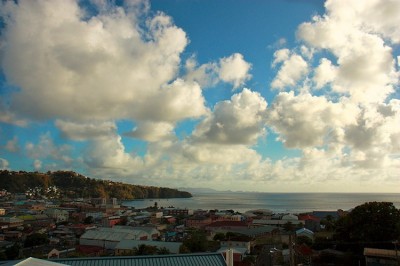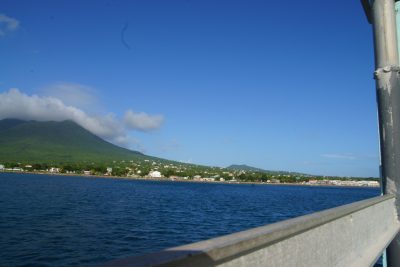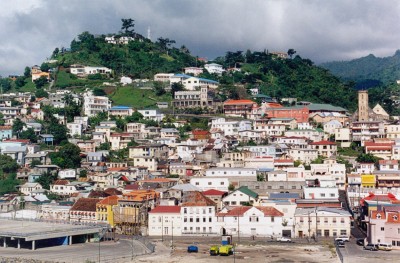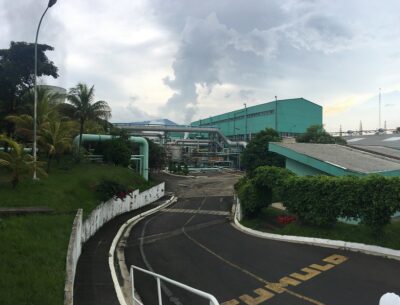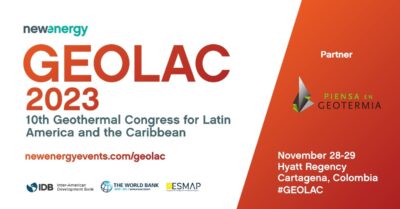Nevis geothermal resource described at 255 C/ 492 F at depth of 3,000f/ 914m
Providing further details on its geothermal project on Nevis, Thermal Energy Partners says tests confirmed estimates by a new data approach, with temperatures of 492F (255 centigrades) at a depth of 3,000 feet (914m) and now targets a depth of 4,000 feet/ 1,200 m) for production wells.
In a follow up on news reporting on the successful tests of the first drilling at the Nevis geothermal project in the Caribbean, Thermal Energy Partners, the owner of the project, has announced further details.
In the release, the company reports that its Big-Data Analytics approach was confirmed by GeothermEx’s team during a recently completed Geothermal Flow & Injection Test.
Nevis’ reservoir quality was previously analyzed by TEP’s team (led by Bruce Cutright) utilizing a Big-Data & Predictive Analytics approach that, so the company, has resulted in transforming the way geothermal resources can be evaluated for long-term sustainability. The 3rd-party confirmation by GeothermEx’s team is said to have confirmed the calculations made by TEP regarding the island’s geothermal reservoir quality.
A GeothermEx team from the U.S. was contracted by Nevis Renewable Energy International (NREI), as subsidiary of Thermal Energy Partners, to determine the status of the geothermal test well at Hamilton on Nevis. GeothermEx says its findings confirm the requisite temperature and flow necessary for a sustainable supply of geothermal energy on Nevis as the reservoir is classified as very good degree of commercial-grade quality.
During the injection test (to test the level of permeability) the team encountered no resistance indicating an extremely permeable and large reservoir. Temperatures were recorded at 492F (255 degrees C) at a depth of approximately 3,000 feet (914 meters) and the company anticipates drilling the production wells to 4,000 feet (1,200 meters)
Describing its new methodology, the TEP says that when compared to the traditional “hot-spot” geothermal methodology that estimates resources through the use of only a test well, TEP’s predictive analytics methodology has resulted in greater accuracy to calculate the potential of geothermal and is transforming the industry. When TEP’s data-driven approach is applied, this has resulted in an ever-expanding map of the earth’s interior fluid that is much more widely available than previously thought, thus bringing the possibility of geothermal electricity to more locations around the world with lower risk and greater accuracy.
For St. Kitts and Nevis, TEP’s team predicted a very high-grade of commercial quality resource that not only can be used as base-load electricity for Nevis but can be exported to other islands.
Separate efforts are made on another geothermal project in St. Kitts nearby.
Source: TEP
